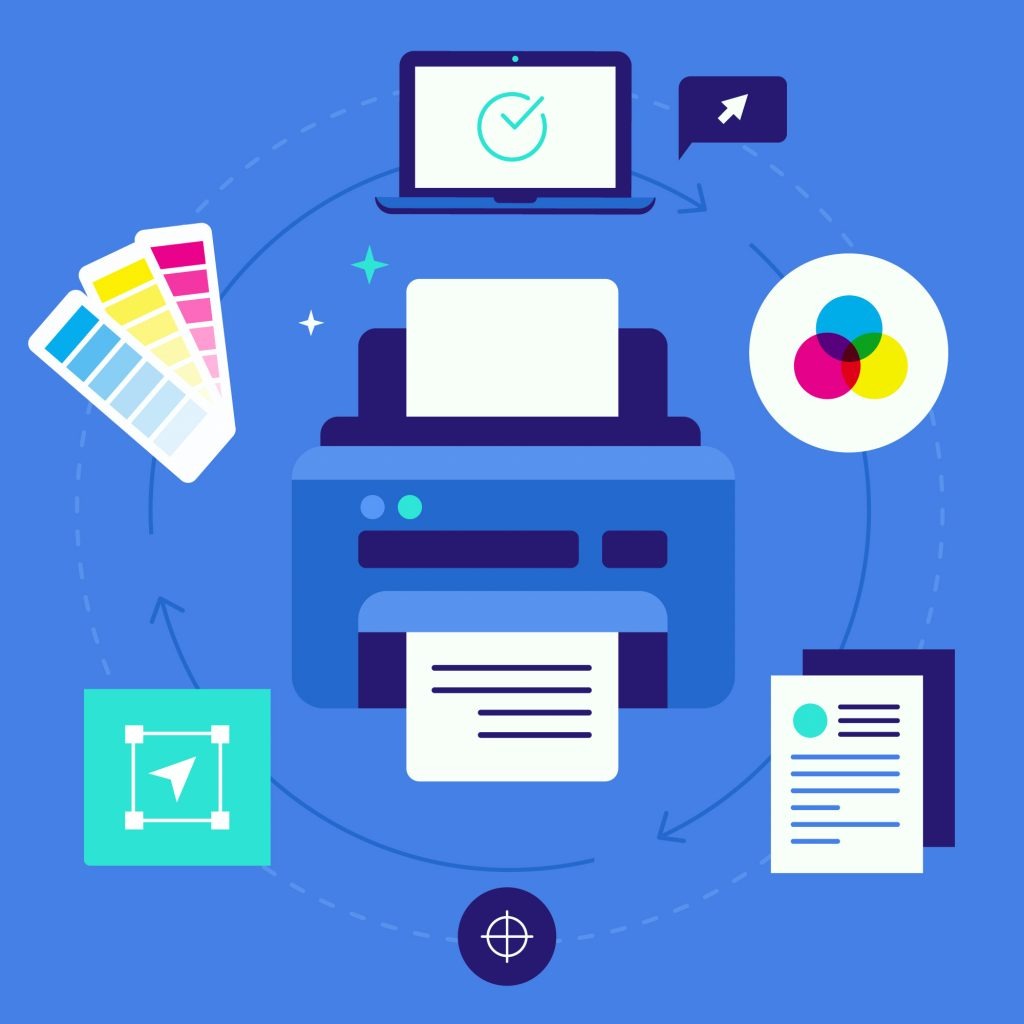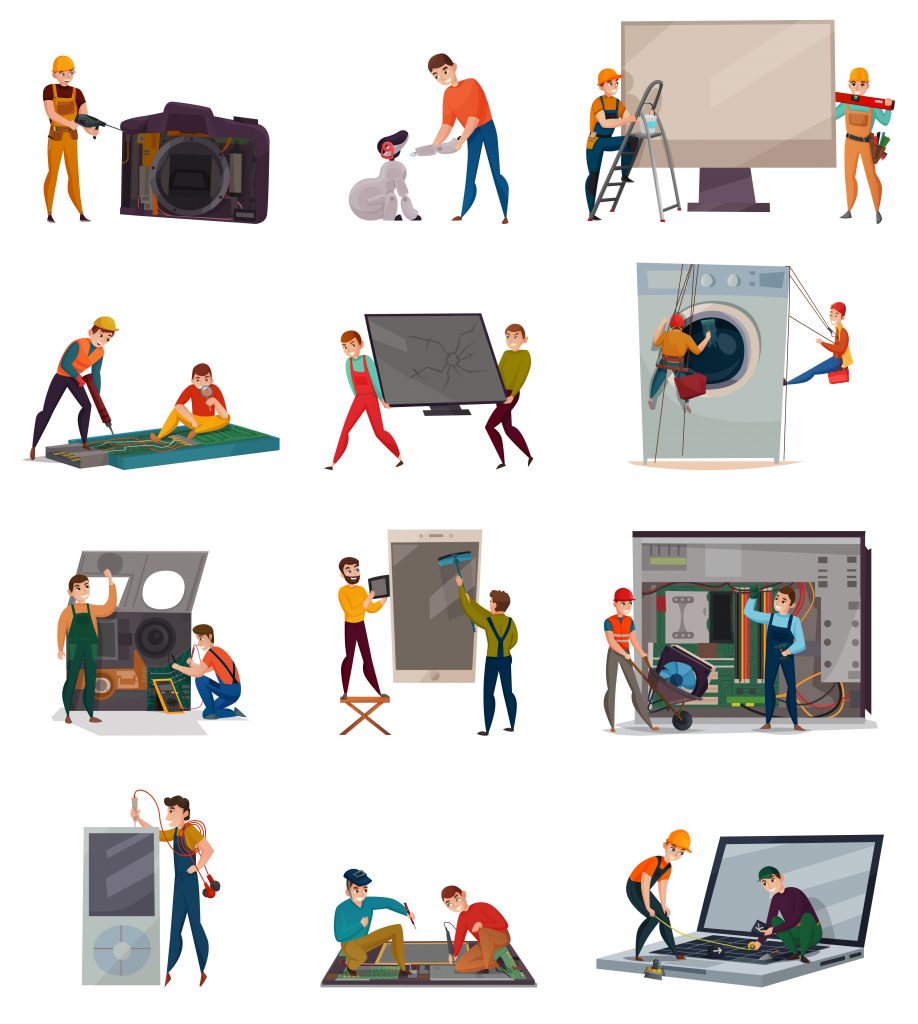Digital Product Passport (DPP)
In our last article, we explained the EU Regulation on Ecodesign for Sustainable Products (ESPR). A central element of this regulation is a Digital Product Passport (DPP). This provides every physical product with a digital identity. The DPP contains at least all the data defined in the ESPR as information requirements.
Sounds good, but still feels a bit abstract. Can we make it more concrete?
A Short Story
The easiest way to understand the potential of a Digital Product Passport (DPP) is through a story. Imagine you are looking for a suitable laptop for your child.
You go to a newly opened store in your city that advertises affordable laptops and offers both new and used models. Once there, you head to the laptop section. Various models are on display. Each model and the accompanying information displays have a QR code that promises detailed information.
Technical Specifications
Wanting to know more before making a decision, you scan the QR code with your phone. A website opens. It shows technical details like processor performance, RAM, and similar specifications. So far, nothing new.
Traceability & Sustainability

But then you notice a world map. Curious, you scroll further. The map shows each step of the value chain as a marker. You click a marker and get information about which components are assembled at that step and what materials are used.
Even the CO₂ footprint of each step is transparently available. Since this is a used model, the performed repairs are also listed.
Comparability
You’ve looked at one model in more detail, but how does it compare with the others? The displays next to the laptops inform you how to compare digital product passports (DPPs) on your phone. Just what you need. You try it out and can actually compare several DPPs directly on your phone. Like in product reviews, features are listed side by side. Using an advanced filter, you search for models between 800 and 1200 euros and prioritize durability and simplicity for your child. The models rearrange accordingly.
Personal Product Cloud
You decide on a used model because it offers great value and has a very sturdy case. At checkout, you ask the clerk about the QR codes. She explains that every device now comes with a Digital Product Passport and hands you a brochure with more details. You thank her and, tired but happy, head to a café.
As you enter, the wonderful aroma of fresh coffee hits your nose. Luckily, there’s still a cozy spot on a sofa. While waiting for your coffee, you browse the DPP brochure. It says you can store your product’s DPP directly on your phone. Alternatively, you can store them in a product cloud, making them searchable and filterable. As your coffee arrives, you decide to just save the DPP on your phone for now.
Manuals & Cross-Device Operations

Back home, your child can’t wait to set up the laptop. You begin together. But when trying to print the first German worksheet, the printer won’t cooperate.
A driver is missing. Your operating system won’t tell you which one. Frustrated, you approach the printer. As you’re about to note the model number, you spot a QR code. You scan it and reach the printer’s DPP.
It shows you the printer’s features and connectivity options. There’s also a searchable manual. There you find the required driver for your laptop model. You email the link to your laptop and install the driver. Success—your worksheet prints.
Repair
Recently, your child accidentally spilled apple juice over the laptop. After a thorough drying, it powers on, but the keyboard is partly malfunctioning.
Now what?
You recall the brochure mentioning repairs. You open the saved laptop DPP and check the repair section. Available replacement parts are listed, which can be ordered at the touch of a button—including the keyboard.
To be safe, you prefer professional help. Luckily, the DPP shows local repair shops on a map.

Reuse
Thanks to the repair, the laptop serves your child well for another year. But the school announces that a tablet will be required next term. So, the laptop is no longer needed. Rather than letting it gather dust, you decide to sell it. Curious if the DPP can help, you open it. Indeed, you can upload the device and all its DPP data directly to an online platform. Within two days, your laptop finds a new owner. You think to yourself: a digital product passport really is handy.
Conclusion
We hope this example has helped make the Digital Product Passport more tangible. The DPP also intersects with other topics. In our next blog post, we’ll explore the connection between the DPP and Industry 4.0. To stay informed, feel free to subscribe to our newsletter. If you need help creating digital product passports, feel free to contact us.
